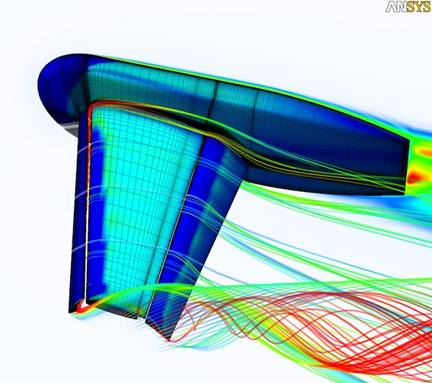November 14, 2011
In simulation-driven engineering projects, the critical decisions you make to your design—to increase or decrease your engine housing’s height, to enlarge or reduce a tube’s diameter, or to change the angle of a piston rod—is determined by findings from simulation jobs. But these jobs, submitted by a number of engineers, are sitting in a queue, waiting to be processed on the company’s dedicated HPC (high performance computing) cluster.
Processing these jobs on individual workstations may consume all the computing cores available in the desktop machines, hampering the engineers’ daily operations such as CAD modeling, document processing, and data management. The dilemma puts many engineers and designers at t the mercy of the HPC system, often the place where bottlenecks occur.
Drawing inspiration from SETI@home‘s innovative distributed computing model, Parker Aerospace, one of the top-tier manufacturers supplying airplane systems and components, came up with a way to turn a pool of workstations into a virtual HPC cluster that runs in the background. What distinguishes this virtual cluster from other types (often referred to as cycle stealing) is that the computing cores engineers need to do their daily jobs are insulated from the virtual cluster’s setup. Consequently, desktop users hardly see a different in their system performance even though their machines are processing simulation jobs as part of a virtual cluster.
To find out more, join us for the webinar titled “How HP and Intel Helped Parker Aerospace Create a Workstation-Based Virtual Cluster.”
- When: Tuesday November 15, 11 AM Pacific, 2 PM Eastern.
- Who: Panelists from HP, Intel, and Parker Aerospace
- Where: Register to attend here.
- building an HPC system from standard engineering workstations;
- providing engineers with more design alternatives;
- insulating the virtual cluster’s operations to give engineers sufficient computing power for daily tasks; and
- reducing the HPC job queue.
Subscribe to our FREE magazine, FREE email newsletters or both!
About the Author
Kenneth Wong is Digital Engineering’s resident blogger and senior editor. Email him at [email protected] or share your thoughts on this article at digitaleng.news/facebook.
Follow DE






